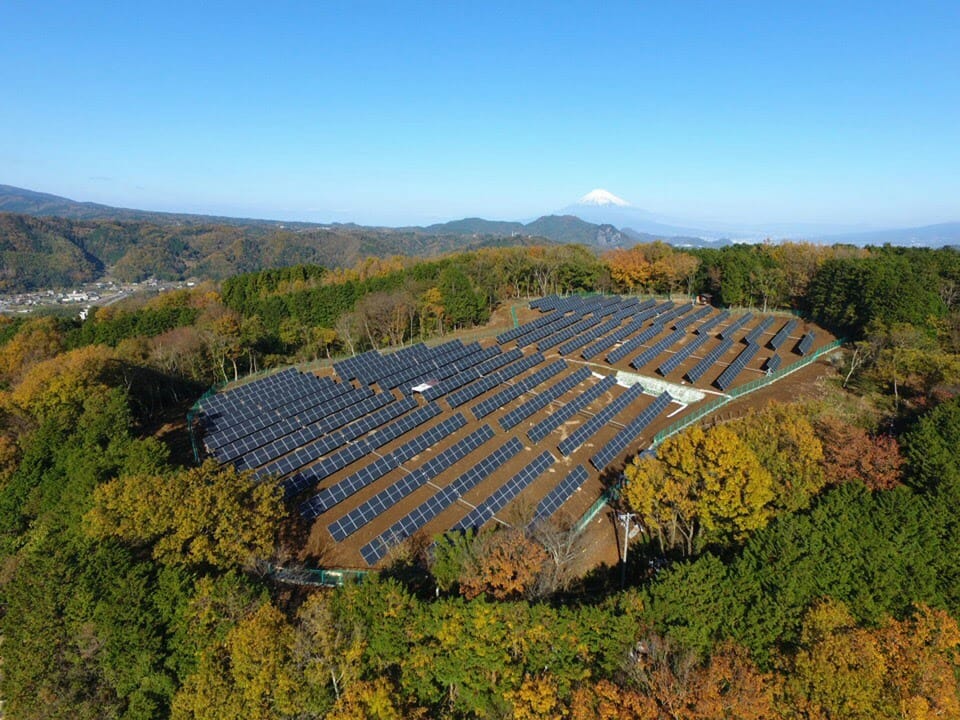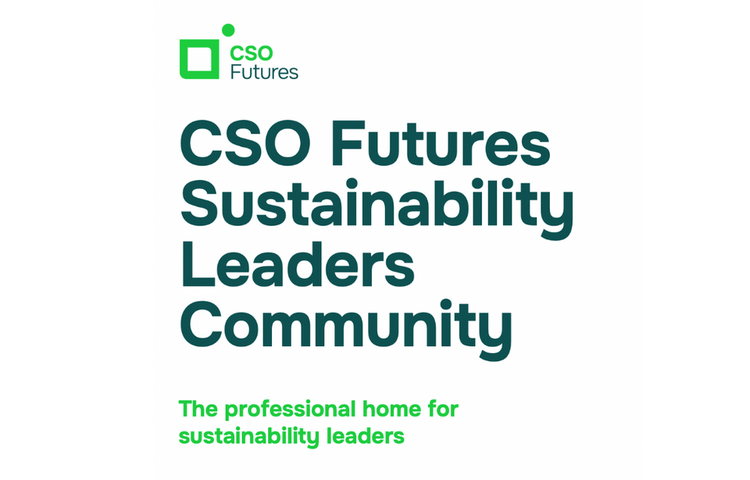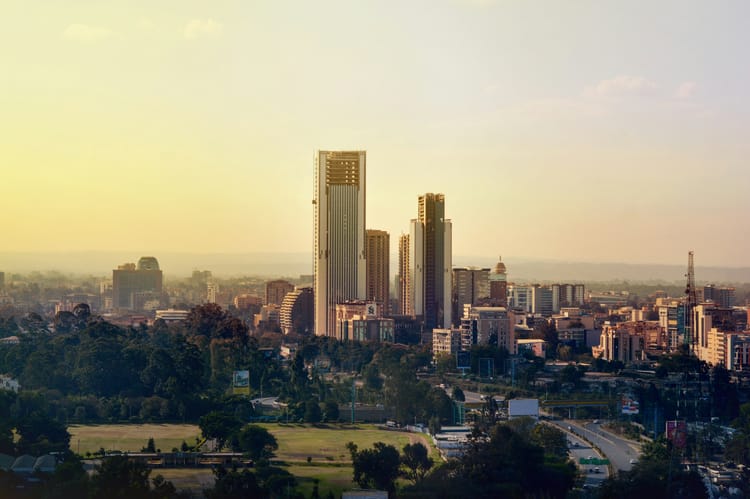Renewables ambition up by just 2% since COP28 pledge to triple capacity

In the two years since countries pledged to triple renewable energy capacity by 2030, global ambition has increased by just 2%, according to new research.
Think Tank Ember highlights the gap between ambition and national planning in a report published today (July 31), warning that it risks undermining both climate progress and energy security.
Based on current national renewable energy targets, the world will have 7.4 terawatts (TW) of renewable energy capacity in 2030 — just over double the 3.4 TW installed in 2022 and significantly short of the tripling promised in the COP28 Global Pledge on Renewables.
Few countries have updated renewable targets
Only 22 countries have revised their targets since COP28 – though the pledge was signed by 118 countries – and the majority of them are in Europe. Just seven non-EU countries have made updates to their renewable energy goals, which according to Ember, signals that most national planning processes are continuing on routine cycles despite new global commitments.
In total, the gap to tripling global renewable energy capacity remains high at 3.7 TW.
“The purpose of a national renewables target is less-so to force more renewables to be built, but rather to make sure they are built smarter. It can help the government plan for the best place to build renewables and plan for grid and flexibility to integrate the renewables, and also to help companies invest in supply chains, making for a cheaper and more secure electricity system,” notes Katye Altieri, Global Electricity Analyst at Ember.
Top electricity producers maintain unchanged ambition
Looking specifically at the top 20 electricity producers, Ember notes that national ambition remains largely unchanged.
The US has no national 2030 renewables target and is not expected to set one in the near future, with President Trump’s ‘One Big Beautiful Bill’ disincentivising clean energy production and the Biden-era Inflation Reduction Act (IRA) being dismantled.
India’s target of 500 GW remains unchanged but is already aligned with the tripling goal, while Russia does not have a 2030 renewable energy target and is not expected to announce one.
China, however, is currently finalising its next five-year plan for energy, which is expected to include a 2030 renewable energy target. Ember notes that it’s unclear whether the goal will appear in the energy plan or in the country’s new climate plan or NDC, due to be announced by September.
South Africa is also in the process of updating its Integrated Resource Plan, which may bring an update to its 2030 target.
“While some countries may still be in the process of updating their targets, the opportunity for impactful near-term action is narrowing rapidly. Aligning national ambition with the global tripling pledge can help countries drive investment, reduce reliance on fossil fuels, and fast-track progress toward secure, affordable, and clean energy systems for all,” Ember suggests.







Member discussion